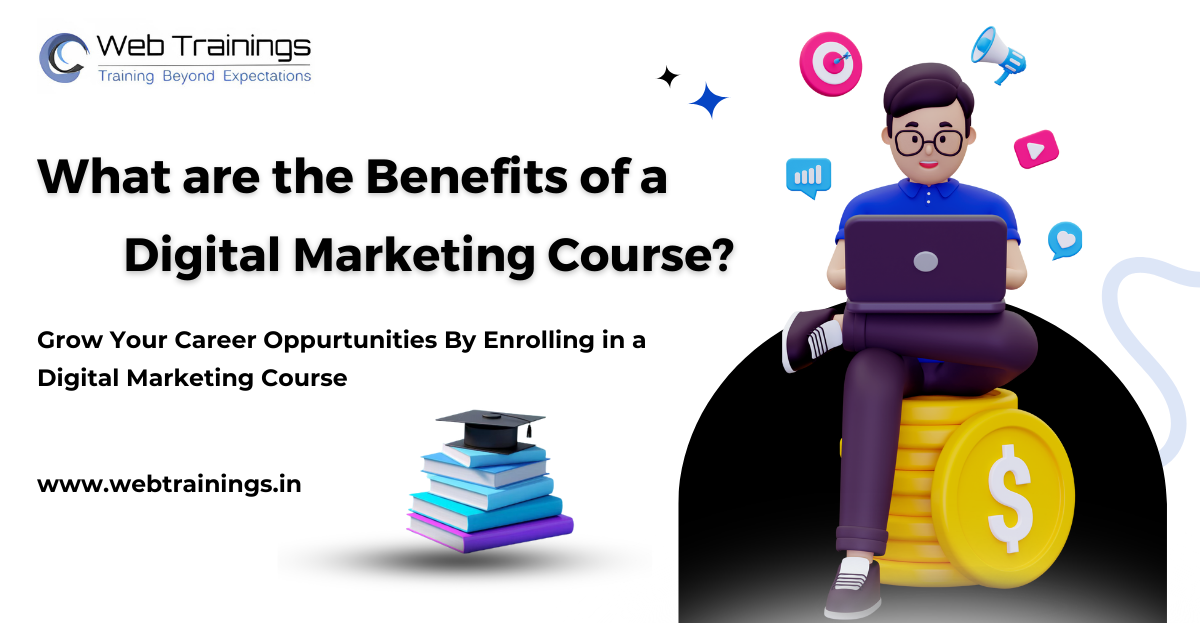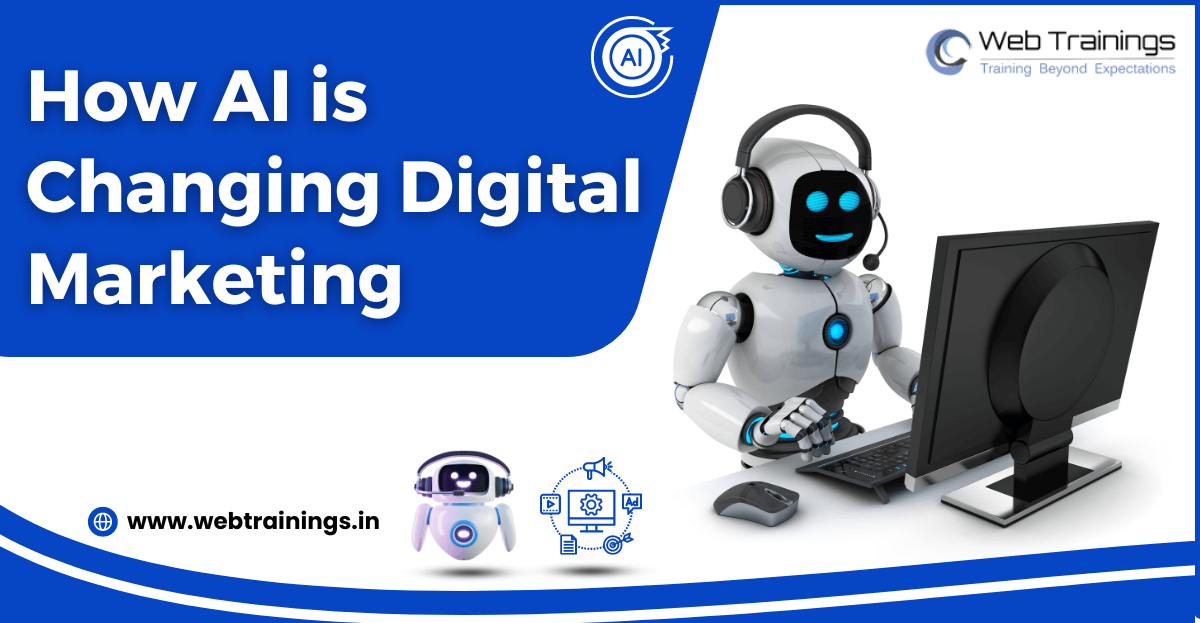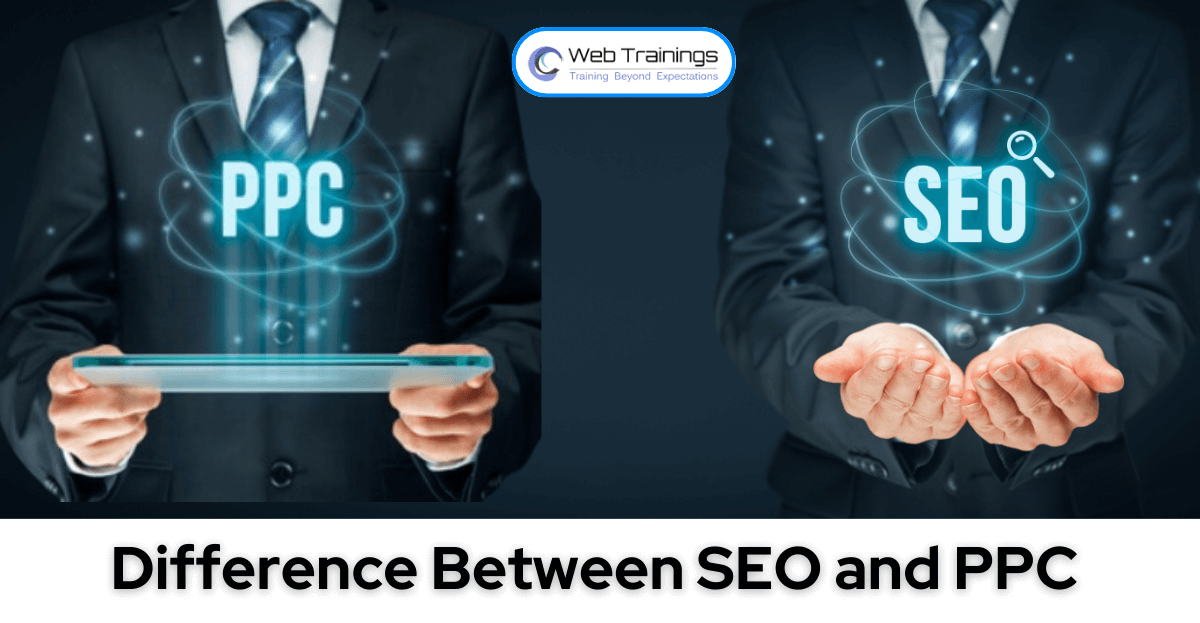User-generated content, or UGC, is content created by regular people online. Big companies or professional creators do not make it. UGC can be many things, like posts on social media, reviews of products, pictures, videos, or blog posts. When you share a photo on Instagram, write about something you bought, or leave a comment on YouTube, you’re making UGC. It’s content that comes from everyday users, not from businesses or professionals. UGC has become very important on the internet. Many people use social media and other online sites, so a lot of content is now made by regular folks every day. This has changed how we find information, choose what to buy, and how businesses tell people about their products. UGC is now a big part of our online world and affects many parts of our lives.
Benefits of User Generated Content
User-generated content has many benefits for both businesses and consumers. It helps companies understand what people really think about their products or services. This honest feedback can help them improve. For customers, UGC provides real opinions from other users, which can be more trustworthy than company ads. It also lets people share their experiences and connect with others who have similar interests. This creates online communities and discussions. For businesses, UGC can be a cost-effective way to get fresh content and engage with their audience. Overall, UGC makes the internet more interactive and diverse, giving everyone a chance to contribute and be heard
User-generated content has many good points. Here are some of the main benefits:
It’s authentic: UGC feels real and honest because it comes from real people. When you see a friend’s photo of a restaurant meal, you trust it more than a glossy ad picture.
It’s cheap (or free): For businesses, UGC can be a great way to get content without spending a lot of money. People create it for free, and companies need to gather and use it.
It builds community: When people create and share content, it helps build a sense of community around a brand or topic. This can make customers feel more connected and loyal.
It provides different viewpoints: UGC brings in many different voices and ideas. This variety can be really valuable and interesting.
It can boost SEO : Search engines often like user-generated content because it’s fresh and uses natural language. This can help websites show up higher in search results.
It influences decisions: People often trust UGC more than traditional ads when making buying decisions. A good review from a real customer can be very powerful.
Why is User-Generated Content Important?
As social networking channels grow, user-generated and organic content has become more popular than ever. This content, created mostly by customers and brand fans, plays an important role in influencing buyers’ decisions.
- Authenticity: Means being real and true. For a brand or business, authenticity means staying true to what it stands for and what it promises customers. An authentic brand is honest and doesn’t pretend to be something it’s not. This helps build trust with customers who like real and reliable brands.
- Brand Loyalty: when customers keep buying from one brand instead of others. It’s important for businesses because it keeps customers coming back, which saves money. Loyal customers often tell others about the brand, too. Brands can build loyalty by making good products, giving great customer service, and having reward programs.
- Cost Effectiveness: It is about getting the best results for the least money. It’s important for both customers and businesses. For customers, a cost-effective product is good value for money. For businesses, being cost-effective can help them make more profit.
- SEO Boost: SEO stands for Search Engine Optimization. It’s a way to make a website show up higher in search results by improving its content, words used, and links from other sites. When a website shows up higher in search results, more people visit it, which can lead to more sales or customers.
These ideas are all important for businesses today. They help build strong relationships with customers and make the company more successful.
Types of User-Generated Content
There are many different types of user-generated content. Here are some of the most common:
- Social media posts: This includes things like Facebook updates, tweets, Instagram photos, and TikTok videos.
- Reviews and ratings: Think about product reviews on Flipkart or restaurant ratings on Zomato.
- Blog posts: Many people write blog posts about their experiences, opinions, or expertise.
- Comments: The comments section on websites, blogs, and social media posts is full of user-generated content.
- Forums and discussion boards: Places like Reddit or specialized forums are all about users creating and sharing content.
- Photos and videos: This could be anything from vacation photos shared on Facebook to how-to videos on YouTube.
- Podcasts: Many podcasts are created by regular people sharing their thoughts or experiences.
- Wikis: Websites like Wikipedia rely on users to create and edit content.
- Customer stories: When people share their experiences with a product or service, that’s UGC.
- Memes: Those funny images and videos that spread across the internet are often created by users.
- Q&A content: Sites like Quora, where users ask and answer questions, are full of UGC.
- User-created products: In some cases, users even create physical products, like designs for custom t-shirts or 3D-printed items.
Customer reviews and social media posts are common types of user-generated content. Reviews help people decide what to buy by sharing other customers’ opinions. Social media content, like status updates, photos, and videos, lets people share their experiences and stay in touch with others. Both types of UGC show how regular people’s online activities can affect others’ choices and help people connect.
Understanding the Impact of UGC
For businesses and organizations, it’s important to know if their UGC strategies are working. They can do this by looking at different factors:
1. Engagement: This means checking how many people are interacting with the content. Are they liking, sharing, or commenting on it?
2. Reach: How many people are seeing the UGC?
3. Sentiment: Are people saying positive or negative things in the content?
4. Conversion rates: If the UGC is being used for marketing, how many people are taking the desired action (like making a purchase) after seeing it?
5. Brand mentions: How often is the brand being talked about in UGC across different platforms?
6. SEO impact: Is the UGC helping the website show up higher in search results?
7. Sales data: For businesses, does UGC affect their sales numbers?
By measuring these things, organizations can understand if their UGC strategies are effective and make improvements if needed.
Examples of UGC
Social Media Posts: Users often share their experiences with products or services on social media platforms like Instagram, Facebook, and Twitter. These posts can include text, images, and videos.
Product Reviews: Customers often leave reviews on e-commerce websites or review platforms. These reviews are helpful for both the company and future customers
Customer Testimonials: Some companies feature testimonials from satisfied customers on their websites or social media platforms. These testimonials can be in the form of text, video, or images.
Blog Posts: Users may write blog posts about their experiences with a product or service. These posts can provide detailed insights and are often shared on social media.
User-Created Videos: Platforms like YouTube and TikTok have made it easy for users to create and share their videos. These can range from product unboxing videos to tutorials and personal experiences.
Images: Users often share photos of products or experiences on platforms like Instagram. The company can share these images on its social media platforms.
Community Forums: Users often engage in discussions and share their experiences related to the product or service in community forums.
Live Streams: Platforms like Twitch and YouTube allow users to live stream their experiences. This can include product reviews, tutorials, or simply sharing their experience with the product.
Webinars or Podcasts: Users may host webinars or podcasts where they discuss their experiences with a product or service.
Case Studies: In some cases, users may document their use of a product or service over time and present it as a case study.
These are just a few examples of user-generated content. The key aspect of UGC is that it’s created by the users themselves, providing authentic and often valuable insights.
The Future of User-Generated Content
The future of user-generated content looks bright. As technology improves, more people will create and share content online. This will lead to new ways of expressing ideas and connecting with others. Businesses will rely more on UGC for marketing and product development, changing how we interact with brands.
- More video content: As it becomes easier to create and share videos, we’ll see even more user-generated videos.
- Virtual and augmented reality: As VR and AR technology improve, users are creating and sharing content in these new formats.
- AI-assisted creation: Tools using artificial intelligence might help users create better content, blurring the line between professional and user-generated content.
- More personalization: Platforms might get better at showing us UGC that matches our interests.
- Closer links to shopping: We’ll likely see more ways for users to create content directly linked to products, making it easier to shop based on UGC.
- Greater focus on real content: As people become more aware of fake content online, there might be an even stronger push for authentic, verified UGC.
- New platforms and formats: New social media platforms or content types could appear, changing how people create and share UGC.
- More brand partnerships: We might see more team-ups between brands and regular users to create content together.
- More rules: There could be more guidelines around UGC, especially for things like privacy and copyright.
- UGC in learning: We might see more use of user-generated content in schools and other learning settings.
- Local content: There could be more focus on UGC that’s specific to certain places or communities.
- Content across platforms: It might become easier for users to create content that works well on different platforms.
UGC will make the internet more interactive and personal. It will give everyone a chance to be heard and to connect with others who share their interests. As technology advances, the ways we create and share content will keep evolving, making our online world more diverse and exciting.
Conclusion
User-generated content will keep growing and changing how we use the internet. It will shape how we share ideas, make choices, and connect with brands. As this trend grows, businesses will need more people who understand digital marketing. Learning about digital marketing can help you be ready for the future. Consider taking a digital marketing course to learn how to use UGC and other online tools effectively. These skills will be valuable as UGC becomes even more important in online communication and business strategies.


























